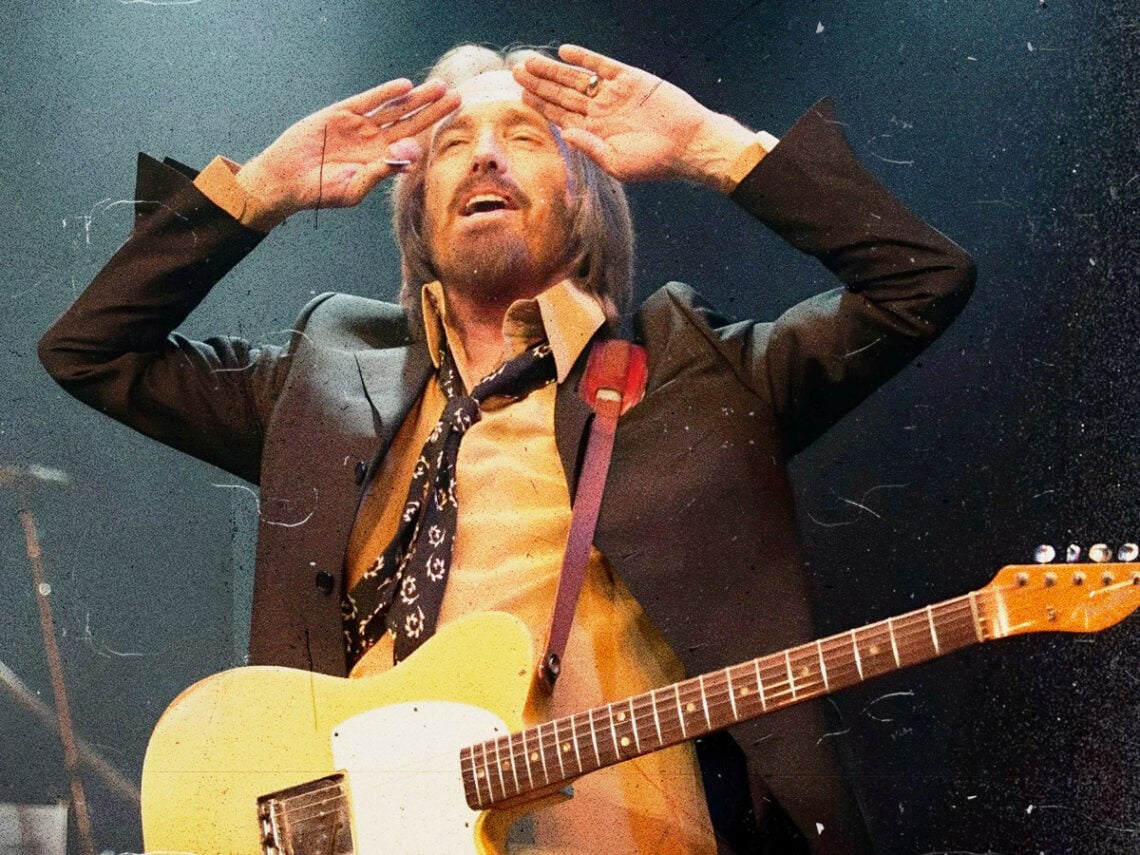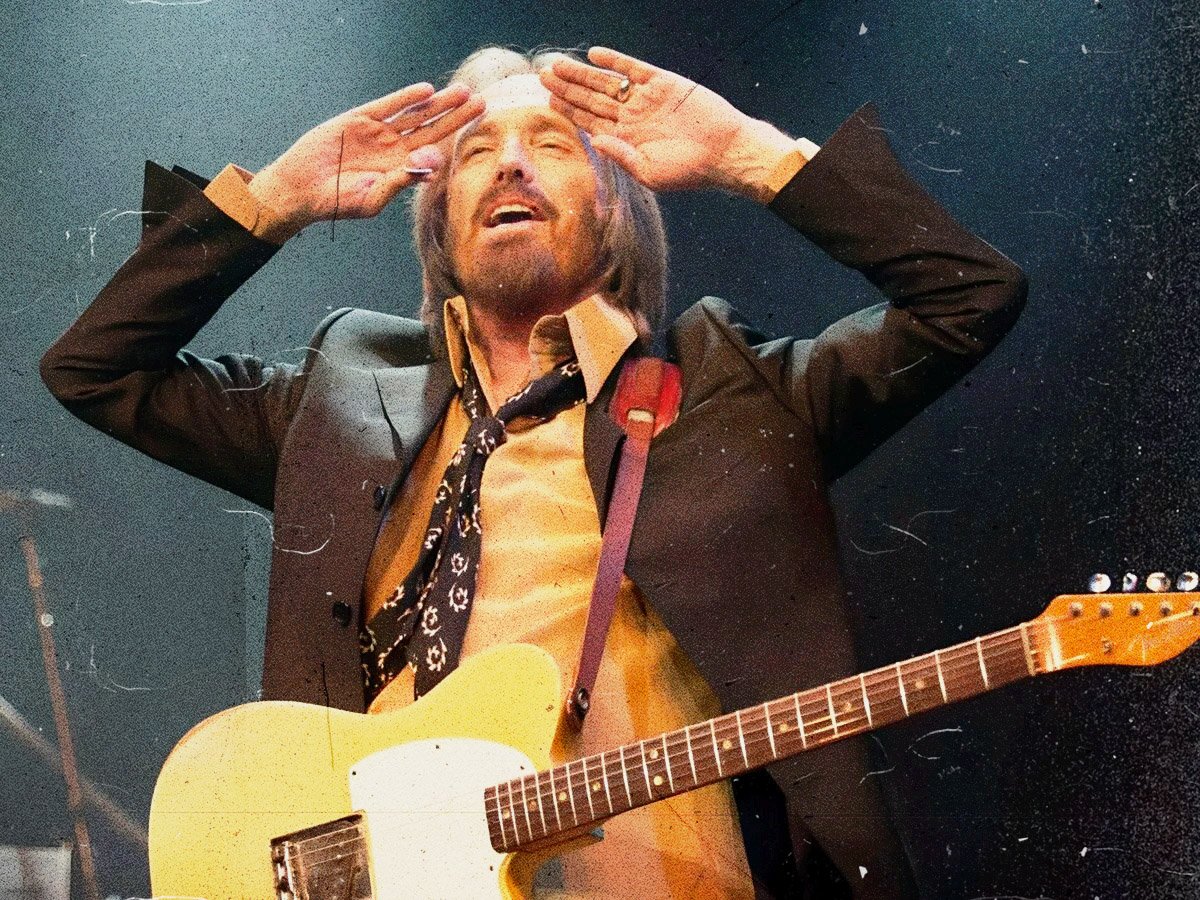
(Credits: Far Out / Mark Spowart / Alamy)
Wed 6 August 2025 19:46, UK
Any artist can fall victim to listening fatigue every now and again. The idea of making music should always be about having fun, but there comes a point where people would gladly live in silence for the rest of their lives than hear their songs for the millionth time. But Tom Petty felt the best records kept people guessing.
Although Petty was a far more rootsy rock and roller than a lot of his predecessors, he never stopped being curious about where he could take his music in the studio. He followed in the footsteps of artists like The Beatles, and even though he was able to absolutely crush onstage in his prime, there were always going to be more places to explore when he brought in horns on Southern Accents or entire orchestras when working with Michael Kamen on the album Wildflowers.
But a lot of what he does revolves back to the traditional guitar, bass, and drums setup. If he couldn’t get his point across with one instrument and a voice, it wasn’t worth doing half the time, but some of his biggest contemporaries weren’t tied to that, either. George Harrison had plenty of avenues to explore when bringing Indian music into his sound, and even Bob Dylan had his moment where he started venturing outside traditional folk rock.
Then again, there has never been any way for someone to nail down what Neil Young was going for. Everything that he wrote was strictly what was on his mind at the time, and if it bothered some people, that didn’t matter. Young wasn’t in the spotlight to please anyone, but even when he adopted the synthesisers on the album Trans, Petty thought that the Canadian icon had hit a true masterwork.
Compared to everyone else’s lukewarm reception to Young’s attempt to be Kraftwerk, Petty was intrigued by what he was doing, saying, “I thought it was fabulous. I think it’s one of the best records he’s ever done. I really enjoy hearing people so pissed off. I thought it was wonderful. You’ve really touched a nerve there because I play that album every day. I think it’s great for someone to be around for so long and keep you thinking.”
Granted, it also makes a lot more sense once you know the context of why Young made the record. He had already been dealing with the struggles of working with his son’s cerebral palsy, so this music was his way to communicate with his son. So even if it wasn’t what people expected, how are you going to hate on a father trying to have a nice relationship with his child?
But it’s not like the album is completely terrible, either. This isn’t what most people come to Young for, but he at least had a firm grip on the format and knew when to use the synths to colour the sound, and looking at where Petty took his music on Long After Dark a few months later, he was clearly paying attention to what could be done by bringing in some electronic elements on tracks like ‘A Wasted Life’.
More than anything, though, the main reason why Trans holds up is from the sheer audacity that Young had to release the thing in the first place. He doesn’t make music thinking about what the casual Neil Young fan wants, and as long as he could be happy with his music, he wouldn’t apologise for a second.
Related Topics

